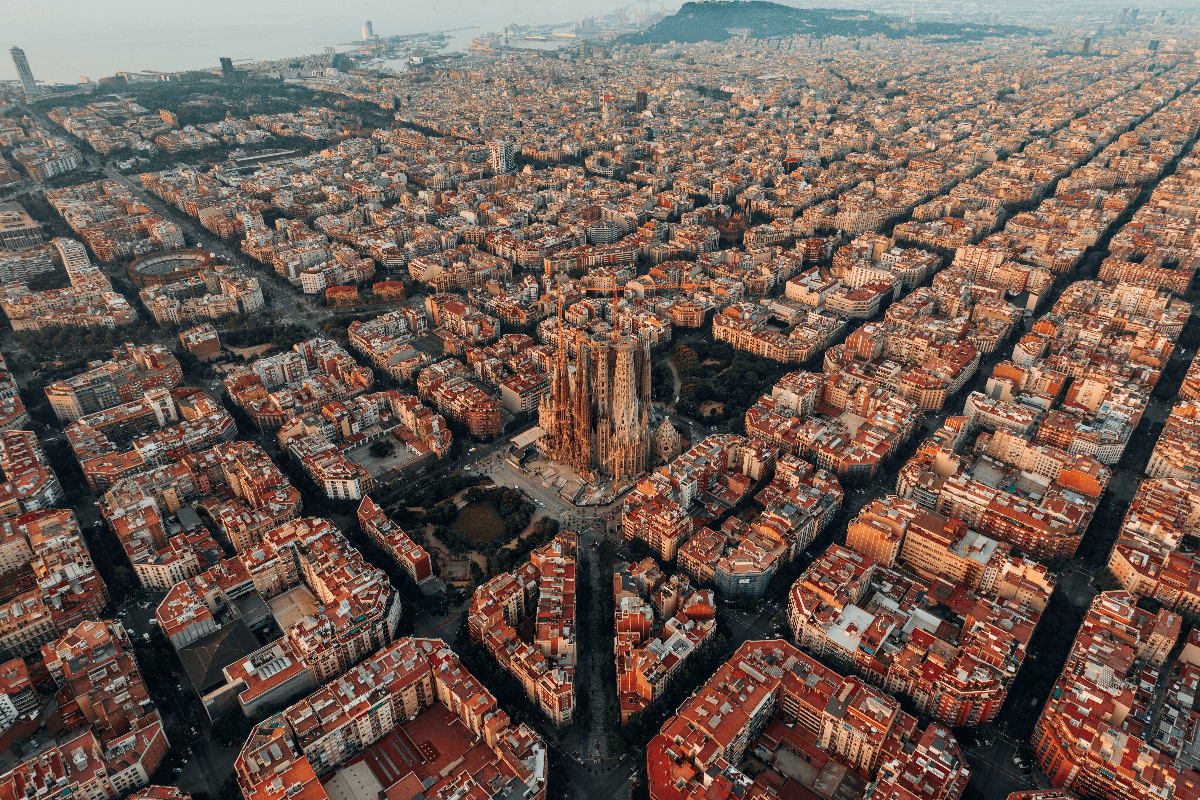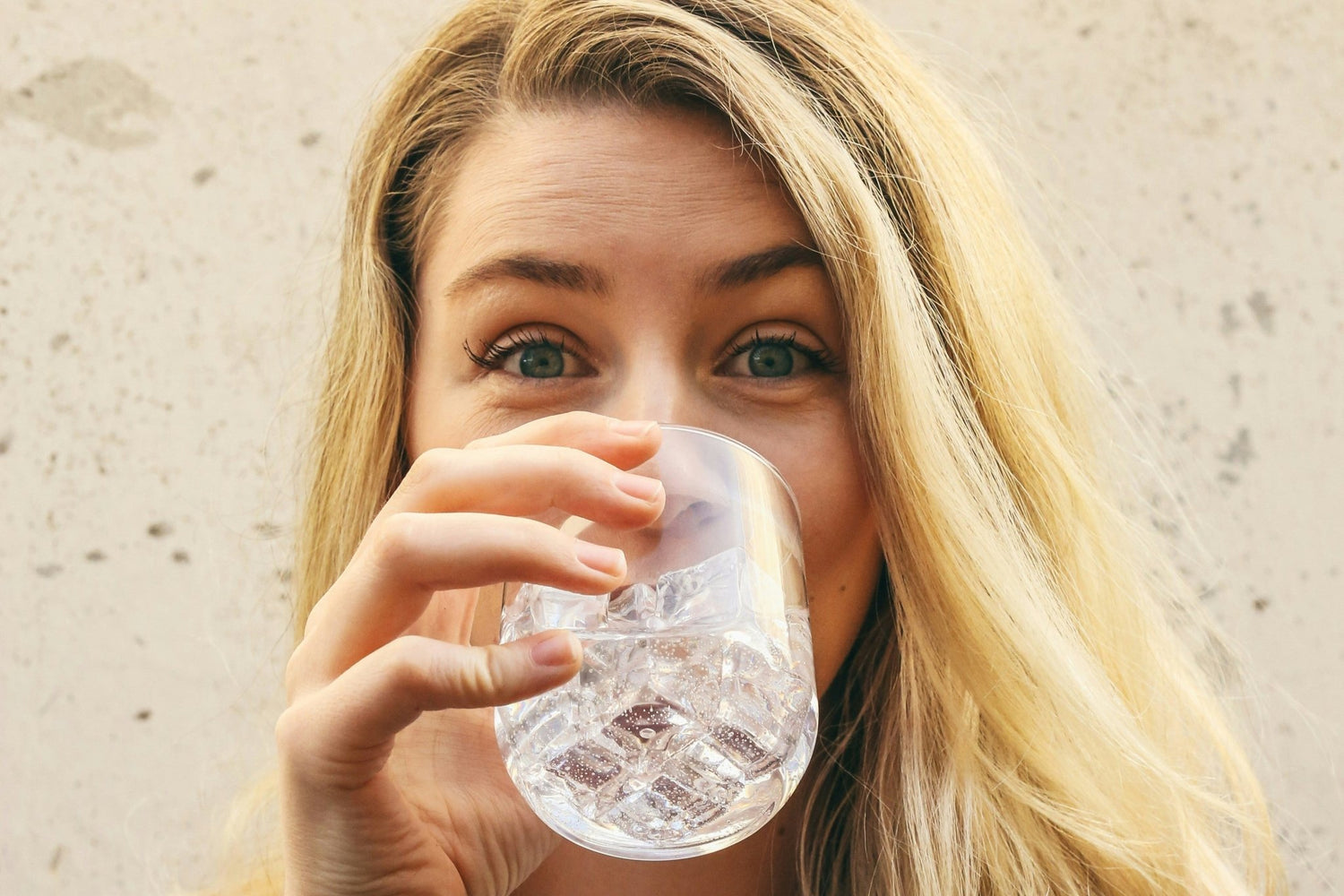As consumers, we all want to improve our behaviour when it comes to protecting the environment and conserving precious natural resources. One way we can do this is by paying attention to the packaging that our favourite products come in. Plastic packaging is a major contributor to pollution and waste, and it's vital that we start making more eco-friendly choices.
That's where biodegradable packaging comes in! The materials used are designed to break down naturally, making it a much more sustainable option compared to traditional plastic packaging. But don't just take our word for it - let's see why it's the future.
First things first: what exactly is it?
Eco friendly packaging is made from natural, organic materials. These materials can be broken down and decomposed by micro-organisms. Bacteria and fungi are two examples of these micro-organisms. These materials come in all forms namely paper, cardboard, wood, bamboo, and plant-based plastics.
Standard plastic packaging used by the majority of retailers can take hundreds of years to break down in landfill. Compostable packaging will naturally decompose over time. This means that it won't contribute to the growing problem of plastic pollution, which is a major issue facing our planet.
But the benefits don't stop there. It's also often made from renewable resources, which means that it has a much lower carbon footprint compared to traditional plastics. And because it can be recycled, it helps to reduce the overall amount of waste that ends up in landfills.
So why isn't everyone using planet friendly packaging already?
Good question! While the adoption of sustainable packaging is gathering momentum, plastic packaging is still the dominant force.
Plastic packaging is generally a lot cheaper to manufacture, and therefore cheaper for businesses to procure compared to the environmentally friendly alternatives. This makes it a much more appealing choice for manufacturers. As consumers become more aware of both the direct and indirect the environmental impact of their purchasing decisions, we're starting to see more and more companies making the switch to biodegradable packaging.
Another reason is that biodegradable packaging can sometimes be less durable than traditional plastics. This can be an issue for products that need to be shipped long distances or stored for extended periods of time. However, advancements in technology are making biodegradable packaging more and more durable, and many companies are finding that it's more than sufficient for their needs.
The benefits of biodegradable packaging
Reduced Waste: One of the biggest benefits of biodegradable packaging is that it reduces waste. Plastic packaging can take hundreds of years to break down in a landfill, while biodegradable packaging breaks down much faster. This means that less waste ends up in landfills, which helps to reduce pollution and protect the environment.
Carbon Reduction: Significantly better for reducing carbon emissions. Plastic packaging is manufactured using fossil fuels, which are a major contributor to greenhouse gas emissions. Biodegradable packaging, on the other hand, is made from natural materials that absorb carbon dioxide as they grow, making it a much more sustainable option.
Sustainable Agriculture: Biodegradable packaging is often made from plant-based materials like cornstarch, potato starch, and sugarcane. These materials are typically grown on sustainable farms, which means that biodegradable packaging can support sustainable agriculture and help to reduce the impact of traditional farming practices.
Different types of sustainable packaging
Biodegradable packaging. Manufactured using materials that can break down naturally in the environment, such as vegetable oils and cellulose. Although it's a significantly better alternative to plastic packaging, one disadvantage is that it can take several years to breakdown completely. Which leads us on nicely to our next type.....
Compostable packaging. Typically made from materials such as starch, sugar cane and bamboo, it has similar properties to its biodegradable sibling but it breaks down much faster and can be used as a nutrient-rich soil additive.
Recyclable packaging. A very strong contender in this list. They're made from materials like paper and aluminium that can be made into new products. It does need to be sorted properly at the recycling point, however.
Reusable packaging. Designed to be used over and over again and perfect for use in refill stores. Glass jars, cereal containers and cloth bags are good examples of this type of packaging. The biggest disadvantage is that they are relatively expensive to make which puts a lot of people off.
Edible packaging! Yes you heard that right - edible packaging! As the title suggests, these are made from materials that can be eaten such as seaweed, gelatine and potato starch. This type of packaging is very much in the early stages of development but could potentially be the most sustainable alternative to plastic packaging.
Biodegradable packaging: the future is here!
As more and more people become aware of the environmental impact of their consumption habits, we're starting to see a shift towards more sustainable options like biodegradable packaging. And it's not just good for the planet - it's good for business, too. Companies that adopt sustainable packaging practices often find that they save money in the long run due to reduced waste and improved efficiency.
For more information on our biodegradable packaging here at MILJÖ, head to https://miljolife.com/pages/packaging.
Sustainable Wellness Unlocked. Live MILJO.




